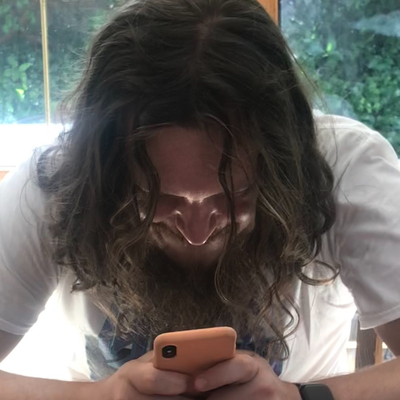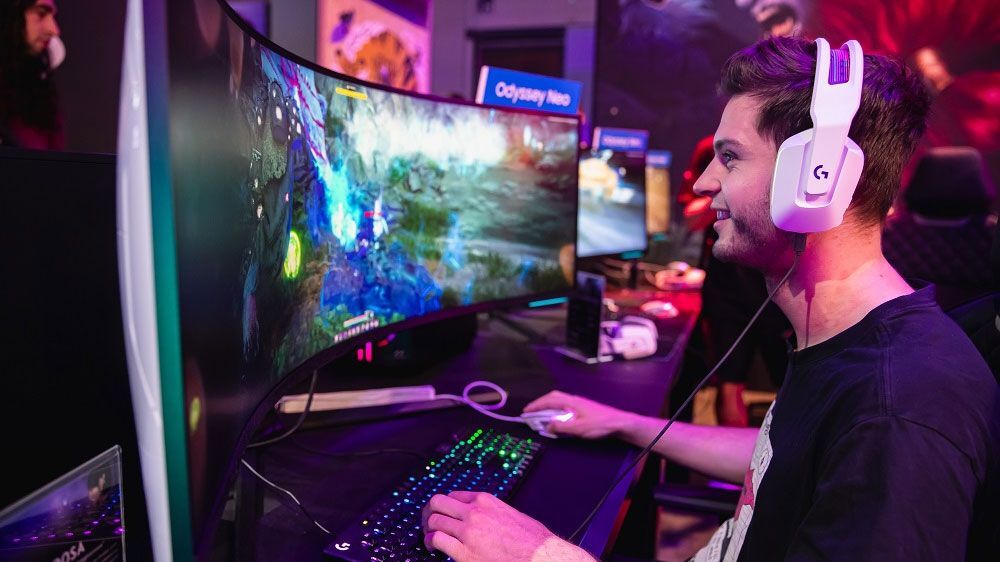cross-posted from: https://sopuli.xyz/post/12631640
OLED monitor momentum expected to continue — analysts expect 1.34 million units shipped by year end
I’m so glad that we are moving away from screens that will last 20+ years to screens that will be in a landfill after 2 years because of burn in.
On the one hand, I agree with you that the expected lifespan of current OLED tech doesn’t align with my expectation of monitor life… But on the other hand, I tend to use my monitors until the backlight gives out or some layer or other in the panel stackup shits the bed, and I haven’t yet had an LCD make it past the decade mark.
In my opinion OLED is just fine for phone displays and TVs, which aren’t expected to be lit 24/7 and don’t have lots of fixed UI elements. Between my WFH job and hobby use, though, my PC screens are on about 10 hours a day on average, with the screen displaying one of a handful of programs with fixed, high contrast user interfaces. That’s gonna put an OLED panel through the wringer in quite a bit less time than I have become used to using my LCDs, and that’s not acceptable to me.
I think a lot of modern OLED panels will do a pixel shift if they detect a static image for too long. I never notice it on my TV, but might be more noticable on a monitor that you are closer to.
Sure but this is one of the differences between tv and monitor.
- tv time is max a few hours, lots of dark, lots of movement, pixel shifting has no impact
- work monitor is 8+ hours, close work, high brightness/contrast. I don’t know if pixel shifting is noticeable but it’s more likely, plus there’s more static element, more bright, more contrast
RTings does a lot of long term OLED burn in tests usually displaying CNN since red tends to cause burn in better
Here is a pretty recent video on it including some monitors. It’s interesting that ultra wide monitors have more problems than regular 16:9 ones.
I’ve had mine for two years without burn ins
Yet*
Ever heard of screen savers?
How is a screen saver supposed to do anything to prevent burn in from games that have static images like the UI in an MMO or the scoreboard in a sports game?
My TV is OLED and is five years old with zero burn in. It’s much less common now unless you’re a taxi driver.
My TV
- moves static pictures around a bit
- has an aggressive screen saver, then power down
- streaming devices are fairly aggressive about sleeping/ power down
- there’s only so many hours to watch TV
- most video has a lot of dark
Those are great features to combat burnin and save energy, and no big deal on my TV. However those would be aggravating on a monitor I’m trying to work at, plus most of the monitor is bright
Do you use your tv for work 8+ hours a day with static elements on the screen at all times?
Pixels are dying on my LG OLED TV in under 5 years, that’s a common issue, i’m fine with it watching media, but desktop usage use the whole picture and that shit would be thrown out.
I couldn’t have been better to the panel.
I am waiting for a 4K monitor at least 120fps, that has proper DP 2.1 support. It is ridiculous that even today most of those monitors are coming with DP 1.4.
What’s the big benefit to 2.1?
The DP1.4a supports maximum 4K at 120fps, everything above that is using DSC (display stream compression).and if I am not wrong adds a bit of latency and a bit of processing overhead, because your GPU has to compress the frames. Additionally the compression adds some loss to the equation, but according to reports it is very hard to distinguish it from the lossless picture.
It is not a big deal but it is nice to have support for DpP2.1. DP2.1 has more than double the bandwidth of DP1.4a, meaning that it supports 4K 240fps, introduces FEC (forward error correction) and improves the HDR quality.
The bottom line is that if I shed north of 1K I would like to get something which is future proof.
I like the contrast of OLEDs, but one caveat – my understanding is that if one uses Freesync/Gsync/variable refresh rate/adaptive sync, they are very prone to brightness flickering.
That may or may not be a concern, but something to maybe keep an eye on if you’re thinking about getting one and intend to use that feature.
Are the prices coming down at all?
Can someone with more brains than I have explain why my Pixel 7 gives me blurry vision, but my computer monitors and old Samsung do not?
Because if monitors are heading this way, I might have a problem.
Do you use it in dark mode with a completely black background and white text? You get pretty nasty retinal afterimages from closely clustered bright spots like that, and can make the center of your vision blurry/hazy for a few seconds to minutes. It’s a harmless temporary effect, but can be a minor annoyance.







